Timing matters more than the brand on the bag. A smart grass fertilization schedule lines up with soil temperature and the growth cycle of each turf variety, letting nutrients sink in instead of washing away.
Cool-season fescues feed in early spring and fall, while warm-season Bermuda prefers late-spring heat. Coastal lawns often shift a few weeks earlier than inland plots. Locking onto the best lawn care timing means knowing when to fertilize grass in your location and following these lush green lawn tips for season-long color.
How Grass Growth Cycles Affect Fertilization Timing
Every yard runs on a clock that starts ticking when shoots break dormancy. During early vegetative growth, blades demand a balanced feed, so aiming to fertilizer at this time matches most grass’ growth cycle.
Late-season slowdown shifts the focus to building root reserves. Dialing nutrients toward potassium nails precise lawn nutrient timing before winter begins. Matching products to these natural turf development phases turns routine feeding into visible, season-long payoff.
Author’s Note: Check out our post on The Best Lawn Fertilizer For Green Grass Guide for help choosing the right lawn fertilizer!
Why Fertilizer Timing Is Critical to Lawn Health
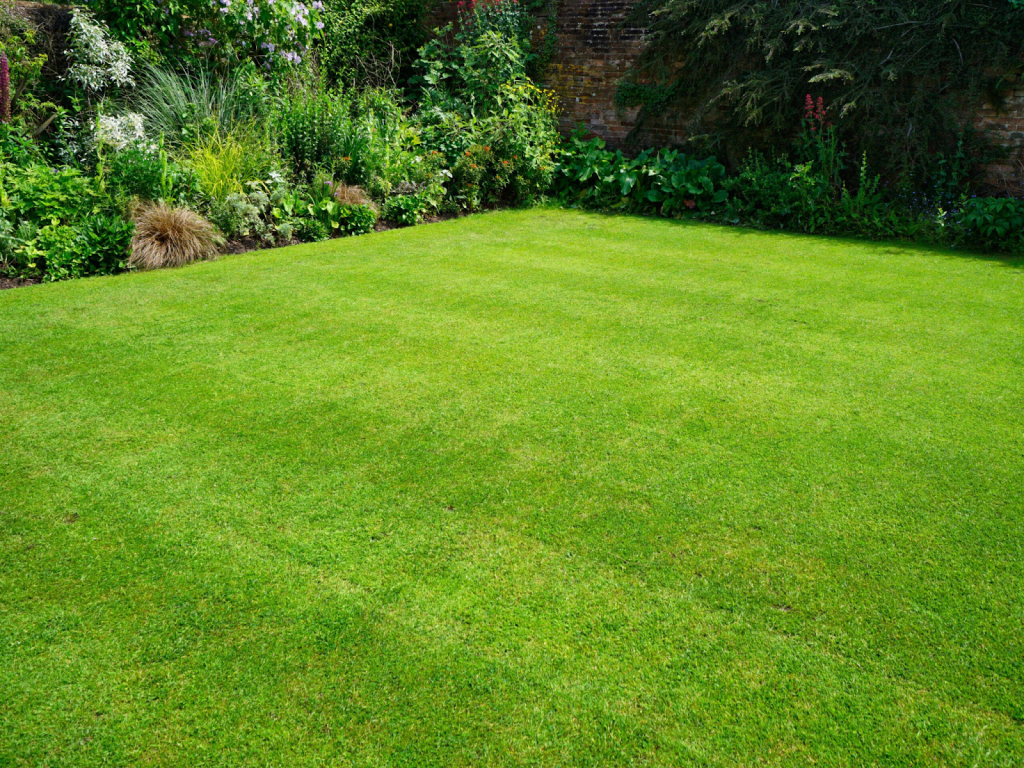
Missing the window between spring wake-up and midsummer slowdown means nutrients sit unused or, worse, scorch tender blades. Dialed-in fertilizer application timing starts with soil that’s warm and slightly moist, not parched or waterlogged, so granules dissolve and roots drink fast.
Follow these two region-specific grass feeding tips: cool-season turf loves early-fall refuels while warm-season varieties thrive on late-spring boosts. This calendar-driven approach underlines the importance of lawn care timing while helping you avoid overfertilization, runoff and costly do-overs.
Seasonal Fertilization Calendar for Lawns
Cool mornings around 55 °F mean it’s time for spring lawn fertilizing. Light nitrogen wakes roots without pushing spindly blades. When turf hits consistent 70–85 °F days, it is time for you to follow a summer fertilizer schedule with slow-release, low-nitrogen formulas to avoid burning.
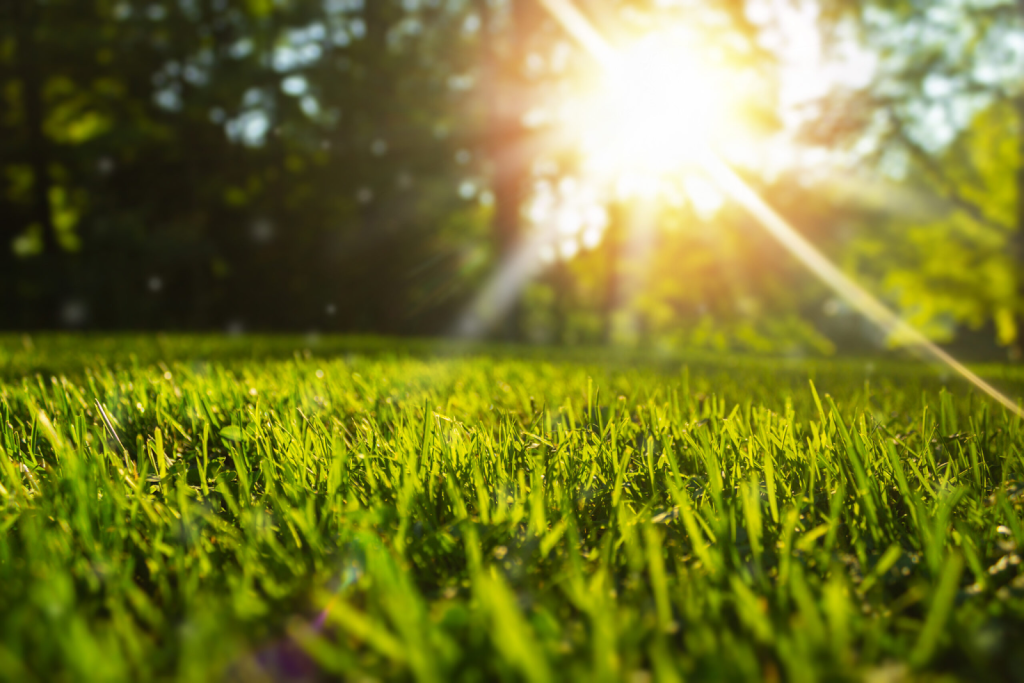
As soil cools to 50–65 °F, double down on nitrogen rich feed. Once growth stalls below 50 °F, switch to a potassium leaning feed for winter lawn maintenance, locking moisture and guarding crowns until warm weather returns.
How Climate Zones Affect Fertilizer Scheduling
Regional lawn care hinges on soil temperature. Cool zones fuel lawns in early spring and again in early fall when daytime highs stay mild. Midsummer heat stalls nutrient uptake, so hold the spreader then.
Warm states flip the script entirely: feed warm grasses once blades start to green up and keep light feedings through summer, pausing before fall cooldown. Use USDA maps for precise grass care by zone and remember warm and cool season lawns expect different timetables, not different nutrients.
Understanding Cool-Season vs. Warm-Season Grasses
Fescue and bluegrass hit their growth stride when days cool. For cool-season grass fertilizing, feed heavily in early fall and add a light spring tune-up so roots rebuild before summer stress.
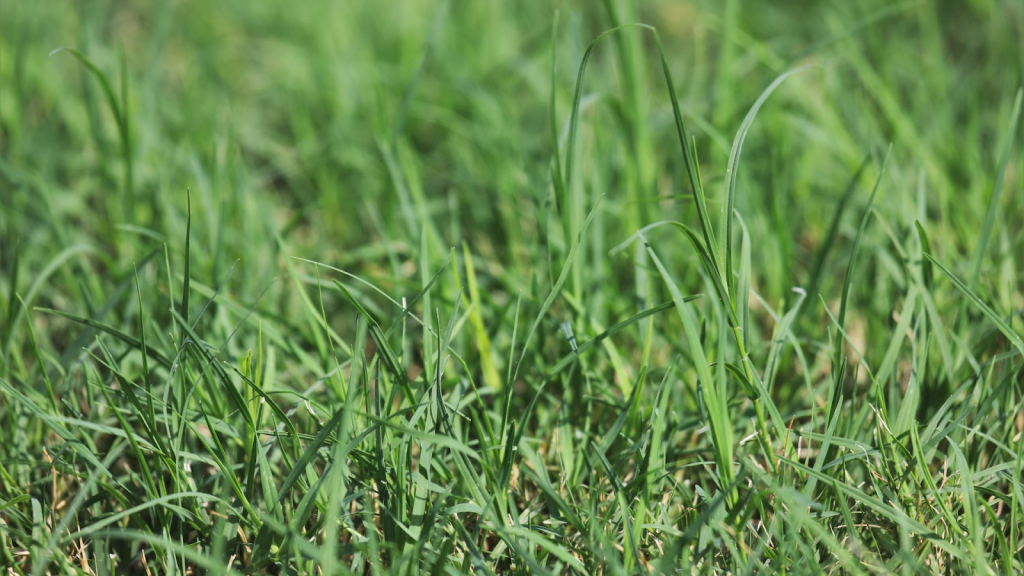
Bermuda and Zoysia don’t get hungry until soil warms past 70 °F. Focus warm-season grass care on late-spring and mid-summer feedings, then pause six weeks ahead of the first frost. Matching grass type fertilization to these growth windows keeps color rich and mowing predictable.
Recommended Summer Fertilizer NPK Ratios:
- For cool-season grasses (Tall Fescue, Kentucky Bluegrass): 10-0-20 or similar, lower nitrogen, higher potassium works well. Found Here On Amazon!
- For warm-season grass (Bermuda, Zoysia, St. Augustine): 20-0-10 fertilizers or similar, high nitrogen, moderate potassium works well. Found Here On Amazon!
Why Soil Temperature Matters More Than Air Temperature
Chasing the calendar is tempting, but grass roots only wake up when the soil itself warms. Grab a soil thermometer lawn care-type probe and push it three inches deep at dawn.
Once readings hover around 55-65°F for cool-season turf or tick past 65°F for warm-season varieties, grass root activity fires up and nutrients won’t just sit idle. That’s the magic soil temp for fertilizing and the true answer to when to feed your lawn. Check daily for a week. Consistent numbers signal go-time.
Author’s Note: For diagnosing nutrient deficiency and preparing your soil scientifically check out the more accurate Mail-in Lab MySoil Soil Test Kit or the Convenient At-Home Rapitest Soil Test Kit!
Recognizing Signs That Your Lawn Needs Fertilizer
Blades that once popped emerald green fading to yellow signal that nutrients are running low.

Add spindly recovery after mowing, bare soil peeking through, and creeping dandelions or clover and the signs that your grass needs feeding stack up fast.
Close-up, thin pale blades, purple tinges, or striped leaves flag nutrient-deficient grass short on nitrogen, phosphorus, or potassium. Combine those cues with weeds out-competing turf, moss settling in, and other poor lawn health symptoms, and fertilizer becomes the quickest rescue.
Smart Tips for Effective Fertilizer Application
Saturday morning lawns love even coverage that avoids patchy burns. Begin by loading a clean broadcast spreader, dialing the setting on the bag, and walking at a steady pace. The result looks like paint laid down in stripes. A quick hose down seals nutrients, but resists soaking. Light spray meets the fertilizer without washing the granules away.

Found On Amazon
Remember that the best lawn spreader techniques include overlapping wheel tracks so no stripe gets missed. Choose between slow and fast release fertilizer wisely: quick release perks up spring greens, slow release carries steady feeding through summer heat.
Common Fertilization Mistakes to Avoid
Spotting fertilizer-burn after that early spring spread is a sign that something went wrong. Hold off until the turf finishes its natural green-up, then feed gently and evenly with a broadcast spreader, not by hand.
Lawn fertilizing errors often start with pouring on extra nitrogen, so watch for yellow-brown streaks, crispy blades, and other overfertilization signs. Keep the hopper moving to avoid uneven lawn feeding that leaves dark and light stripes. Finally, water deeply within a day. Dry granules invite salt buildup and create fertilizer burn grass.
Choosing the Right Fertilizer Blend for Each Season
Spring signals grass to wake up hungry, so reach for a high-nitrogen blend to push lush top growth and meet the best fertilizer ratio goal.
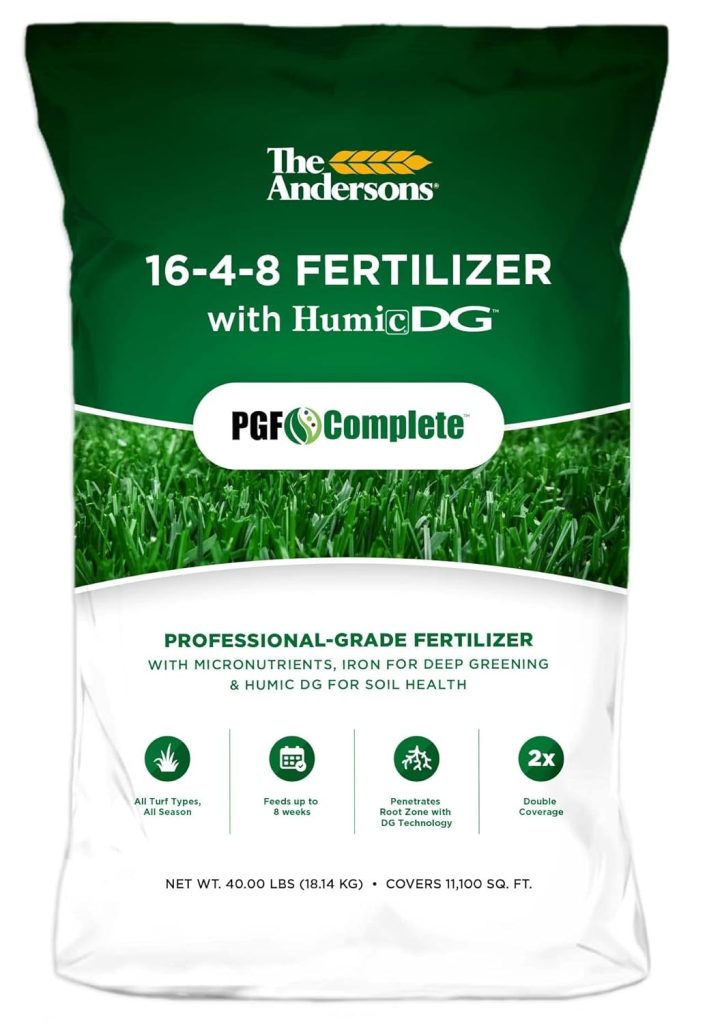
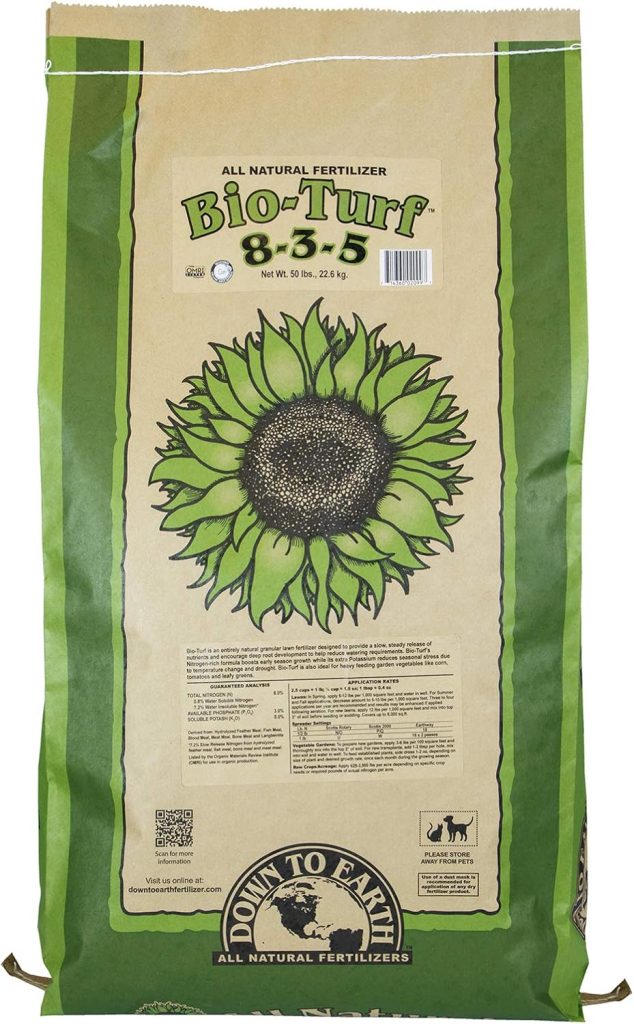
Are Great Choices to Keep Your Lawn Vibrant
Found On Amazon Linked Above
Once midsummer heat sets in, a balanced mix keeps color steady without stressing roots. As nights cool in fall, shift to a low-nitrogen, high-potash formula to fortify roots. These tips will help you neatly tick the seasonal lawn fertilizer box.
How to Combine Fertilization with Other Lawn Care Practices
Healthy turf thrives when core tasks tag team rather than run solo. Begin with fertilizing and aeration in early fall. Plugs open soil so nutrients slip straight to roots. Follow hours later with overseeding and fertilizing so fresh seed lands in loose pockets packed with food.

Keep blades at the recommended height, trimming only the top third, which shades seedlings yet keeps sunlight flowing. Deep, infrequent watering pushes roots down rather than letting them loaf near the surface. String these moves together as lawn care combination tips forming a year-round total lawn care plan that stays green all year.
Conclusion: Fertilize Smart for a Lawn That Thrives
Timing fertilizer to the grass’s growth cues keeps nutrients working with nature, not against it. Cool season varieties thrive on spring kick-starts and fall root-building doses, while warm season lawns soak up summer feedings once soil warms past dormancy.
Tuning applications to soil temperature and regional weather turns random spreading into smart lawn fertilization, unlocking seasonal grass care that sticks. Follow this rhythm and enjoy consistent lawn health that rolls into year-round lawn success.
Pick your favorite fertilizer plan, spread it right, and share your before and after in the comments below!



1 thought on “Best Time To Fertilize Grass Guide”